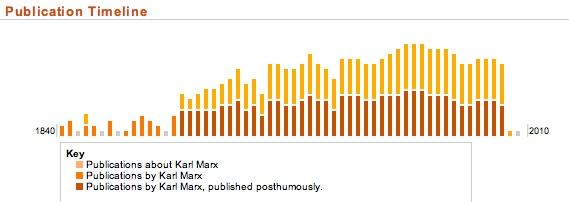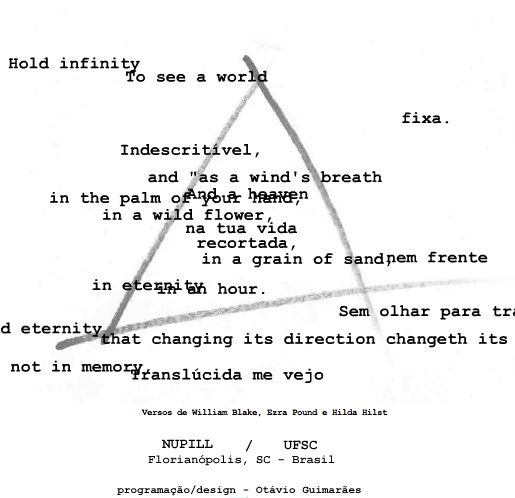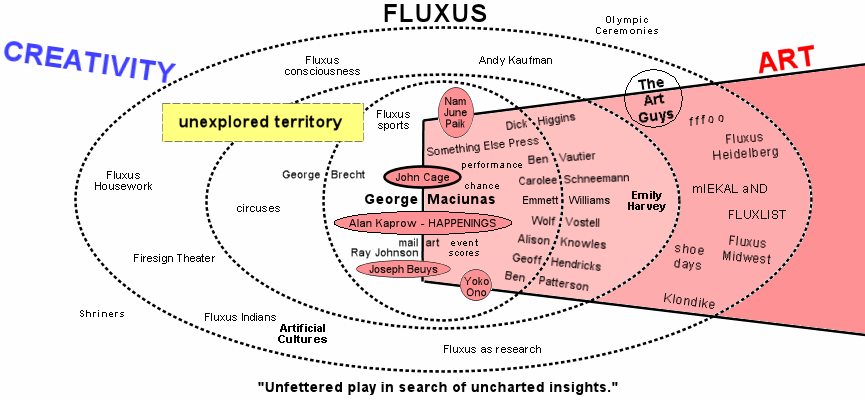My friend Laurence pointed me to Doris Lessing’s acceptance speech for her Nobel Prize for Literature in which she compares the hunger for books in Africa to the excess we have.
We are in a fragmenting culture, where our certainties of even a few decades ago are questioned and where it is common for young men and women, who have had years of education, to know nothing of the world, to have read nothing, knowing only some speciality or other, for instance, computers.
What has happened to us is an amazing invention – computers and the internet and TV. It is a revolution.
I want to give all sorts of glib answers to Lessing. I could say that those who spend hours on the web are reading too. I want to say that the nostalgia for books reminds me of the nostalgia for an oral life before books one finds in Plato’s Phaedrus. But these quibbles miss the point. There is a hunger for books in many places and a waste of books in our places. Or, the point is a question to us all,
“Have you found a space, that empty space, which should surround you when you write? Into that space, which is like a form of listening, of attention, will come the words, the words your characters will speak, ideas – inspiration.”
The web is not that space. It is a chattering noisy public space with endless distractions, not unlike our libraries stuffed with the excess we cannot grasp. The space of writing may be near the webrary, but not too close. Those who are far from webraries – those who hunger for just part of a book with a glass of water shame us.
That poor girl trudging through the dust, dreaming of an education for her children, do we think that we are better than she is – we, stuffed full of food, our cupboards full of clothes, stifling in our superfluities?
I think it is that girl and the women who were talking about books and an education when they had not eaten for three days, that may yet define us.




